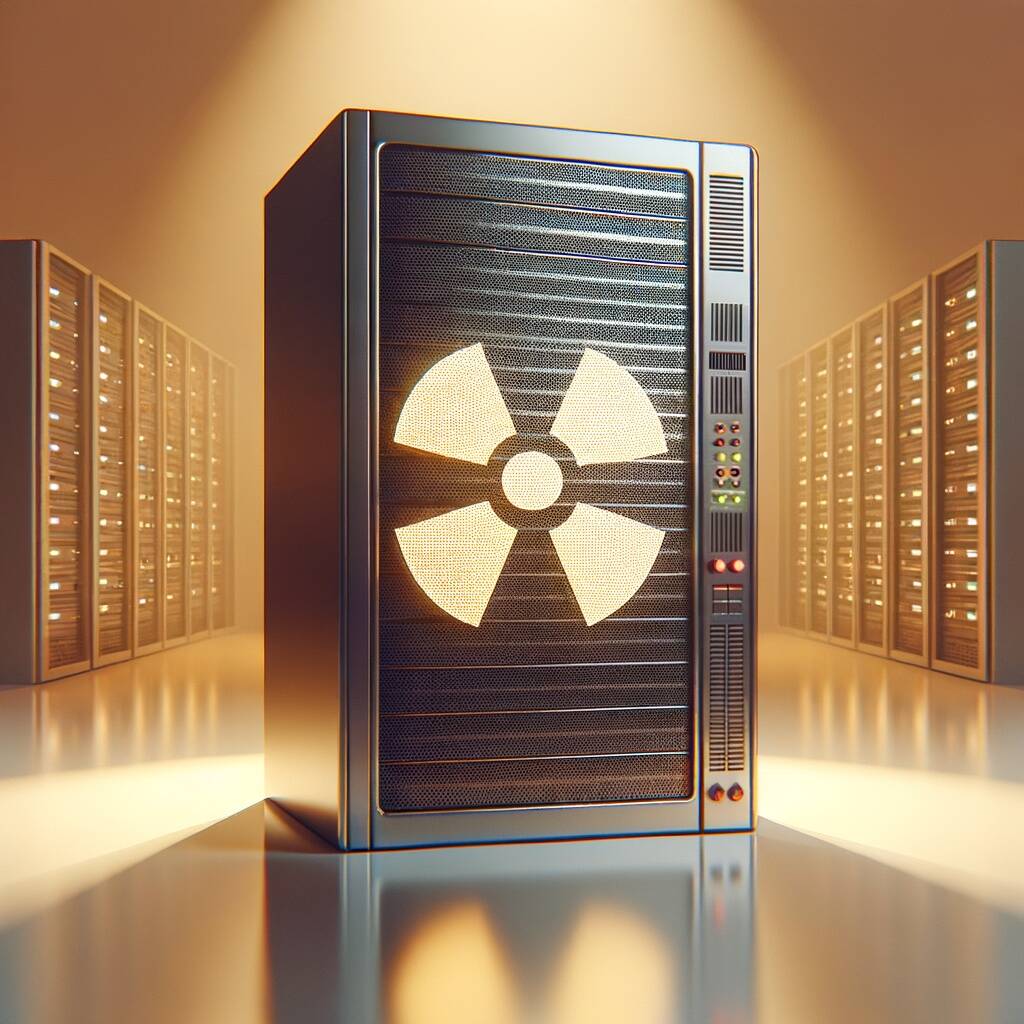Nuclear power contracts signed by hyperscalers show they’re desperate for reliable “clean and green” energy sources to feed their ever-expanding datacenter footprints, however, investment bank Jefferies warns that these tech giants are likely to end up paying over the odds to get it.
This week alone, Google and Amazon both confirmed more agreements. Google said it had lined up a deal to purchase nuclear energy from Kairos Power, even though the prospectve supplier hasn’t yet developed the small modular reactors (SMRs) it proposes to fulfill the contract with.
Microsoft’s carbon emissions up nearly 30% thanks to AI
In a similar arrangement, Amazon said it was handing half a billion dollars to three companies to develop SMRs to provide power generation in Virginia and Washington. In this case, the energy isn’t expected to start emerging until the 2030s.
And Microsoft is also dabbling in nuclear, recently establishing a power purchase agreement (PPA) with Constellation Energy to restart the Three Mile Island power plant.
The key part, at least in Google’s case, is that it is seeking additional clean power, not repurposing existing power, and requires electricity that will be available 24/7, according to Jefferies Research, part of the Jefferies financial services group.
The report, shared privately with The Register, states that SMRs are likely to be “significantly more expensive” than existing pressurized water reactor designs, which can compete with natural gas or renewables but take six to eleven years to construct – too slow to meet the rapidly growing demands of datacenters.
“There are two key concepts here: additionality, i.e. new generation to match new load; and matching clean energy generation with each hour of load,” the Jefferies report states. Existing nuclear fails the “additionality” test despite offering 24/7 clean energy, whereas intermittent renewables lack the reliable capacity factor datacenters require.
Some of Mountain View’s new bit barns have been indirectly tied to increased coal and natural gas generation, including in Omaha and South Carolina, as the extra electricity required is not associated with new clean energy sources, the banker’s report says.
Also notable is that the Chocolate Factory is “not prioritizing speed to market,” with Kairos Power’s first SMR not expected to be online before 2030, followed by additional reactor deployments through to 2035. This could be seen as Google taking a long-term view on energy supply, or it may simply reflect the reality that SMRs just aren’t ready yet.
“On the positive side, Google’s interest in purchasing presumably very expensive nuclear power shows the inherent value of 24/7 clean energy,” the report states, but it also adds that the emphasis on new clean power rather than existing clean power somewhat downplays the validity of power purchase agreements with existing nuclear sources, such as Amazon’s with Talen Energy earlier this year.
Looking at existing nuclear capacity in the US, Jefferies estimates there is about 97 GW, split roughly 60/40 percent between regulated and merchant/unregulated generation, able to produce 792 TWh average annual output. This compares with estimates for datacenter energy demand of 178 TWh right now, growing to somewhere in the region of 600 TWh by 2030.
As far as merchant or unregulated nuclear generation goes, there is only enough capacity to meet expected growth in datacenter power demand through 2026, with a likely shortfall in the following years. Even if only hyperscale companies are considered, their estimated 425 TWh demand by 2030 will be 25 percent higher than the forecast merchant nuclear plants’ output.
The analysis by the report’s authors is that regulated nuclear plants are unlikely to have their output dedicated towards supplying bit barns, but that there is “a real possibility of regulated utilities creating new tariffs at premium pricing to dedicate nuclear output to a datacenter.”
According to Jefferies, the tech companies face paying upwards of $85 per MWh for co-located nuclear, or else trying regulated states such as South Carolina for prices potentially as low as $60 per MWh. Google’s actions show it is focused on low price carbon power when available with new clean energy as a mitigating element, it says.
The report is primarily aimed at investors, and so is looking at the situation from the angle of what Google’s move means for the assumption that there will be profit in selling existing nuclear power to hyperscale customers for well above market prices. If Google is hypothetically not interested in existing nuclear generation, this still leaves Amazon, Microsoft, and Oracle as potential buyers, it says.
An earlier report from Morgan Stanley concluded that there is investment potential in decarbonization efforts as datacenter operators strive to meet 2030 carbon neutrality goals. ®


